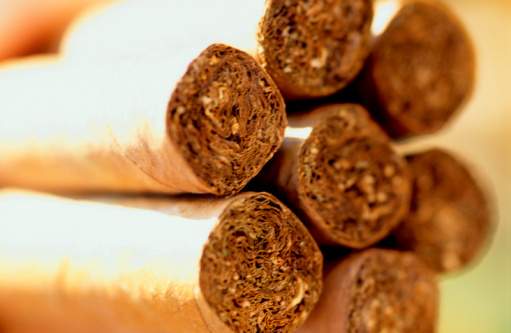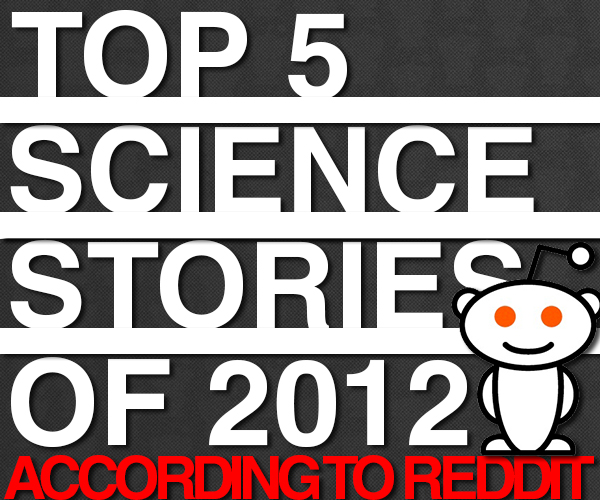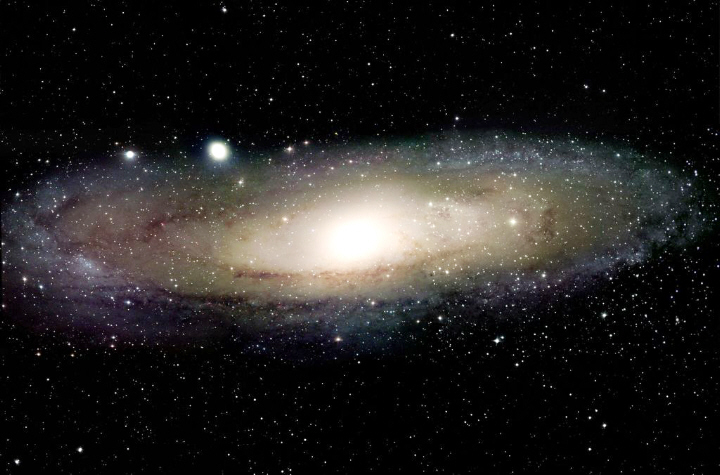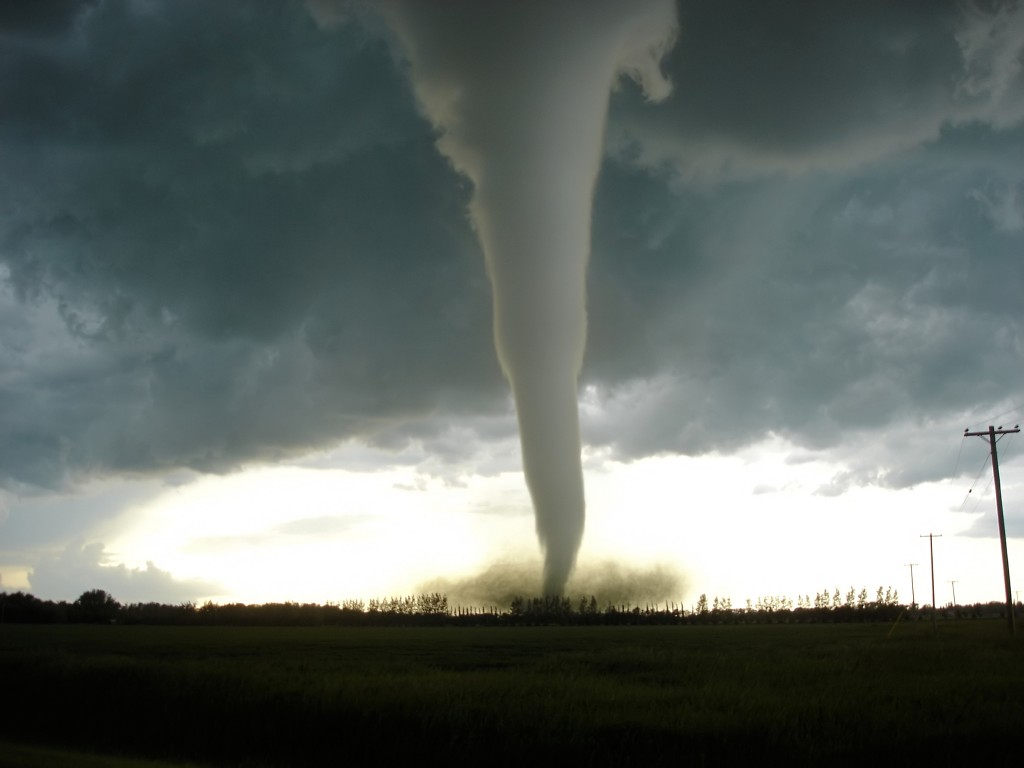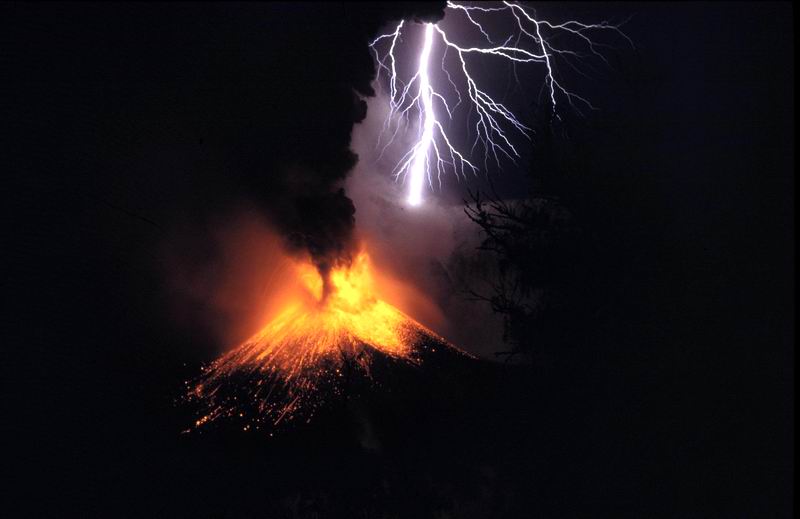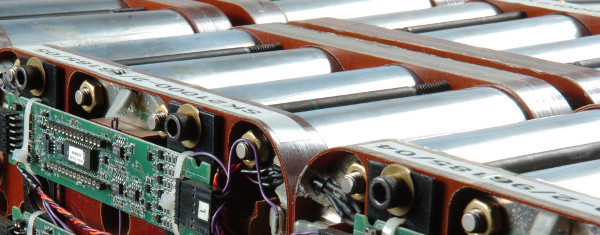Sustainable farming fans to gather for EcoFarm 2013 in Pacific Grove
The Salinas Californian, January 2013More than 1,500 ecology-minded farmers, marketers and activists from across the country will gather next week at the 33rd EcoFarm Conference in Pacific Grove with a goal of promoting fair and sustainable farming systems. The yearly event of workshops, lectures and social gatherings is put on by the nonprofit Ecological Farming Association.
Story on A1 of newspaper's print edition.
